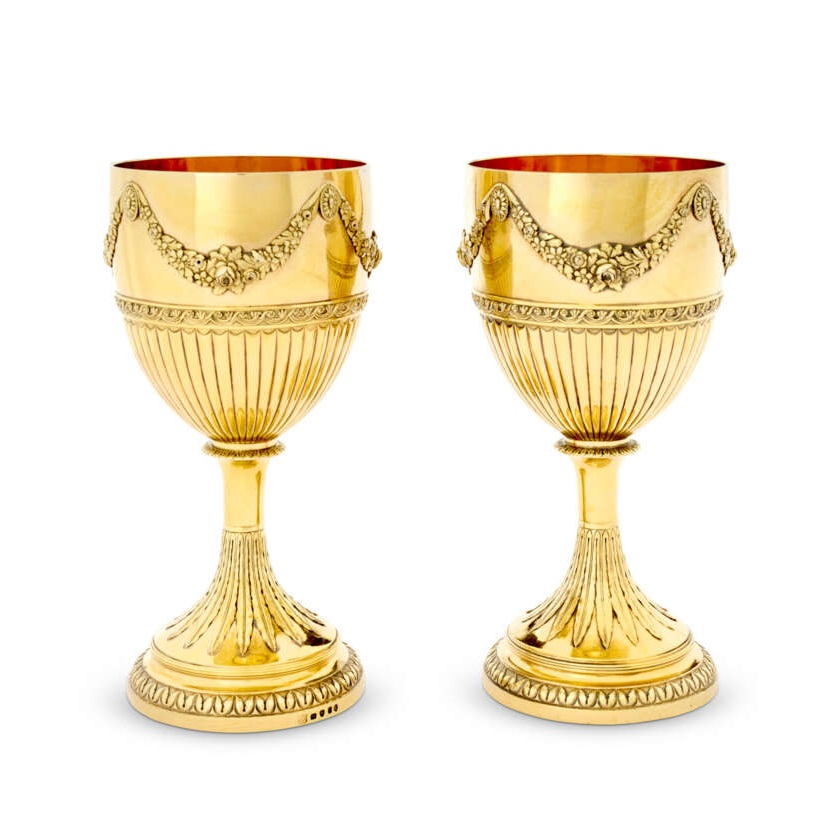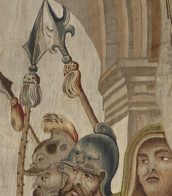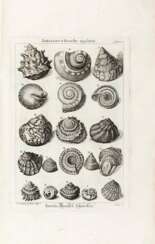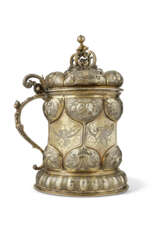articles d&

Jules Barbey d'Aurevilly, born Jules Amédée Barbey d'Aurevilly, was a French writer, critic and essayist.
After studying law at the University of Caen, d'Aurevilly gained popularity in 1852 as a literary critic for the Bonapartist newspaper Le Pays, which was influential among the decadents of the late 19th century.
In literature, d'Aurevillys specialized in tales of macabre mysteries that explored ulterior motives and hints of evil, but without the supernatural. He was a decisive influence on writers such as Auguste Villiers de l'Isle-Adam, Henry James, and Marcel Proust.














Robert Hennell was an English silversmith and engraver, best known for his work during the Georgian era. He was apprenticed to the silversmith John Scofield before setting up his own workshop in 1763.
Hennell's silver pieces were highly sought after for their quality and craftsmanship. He produced a wide range of objects, from tea services to candlesticks, and his designs were characterized by their elegant simplicity and attention to detail. He also created a number of commemorative objects, including the silver casket presented to Lord Nelson by the City of London in 1800.
In addition to his work as a silversmith, Hennell was also an accomplished engraver, and his work can be found on a number of coins and medals from the Georgian era. He was a member of the Royal Academy and exhibited his work at the Royal Academy exhibitions throughout his career.
Today, Hennell's silver pieces and engravings can be found in the collections of museums around the world, including the Victoria and Albert Museum in London and the Metropolitan Museum of Art in New York. His work continues to be admired for its beauty, quality, and historical significance.


Paul Storr was an English goldsmith and silversmith working in the Neoclassical and other styles during the late 18th and early 19th centuries. His works range from simple tableware to magnificent sculptural pieces made for royalty.


Henri-Joseph van Blarenberghe was a French painter.
During the reign of Louis XVI of France Henri-Joseph became a specialist of battle scenes, due to the fact that he was a military painter in the retinue of the French army, as was his father.
He also devoted himself to painting miniatures, to decorate boxes for smoking tobacco, made of wood or precious metals: gilded silver, gold, even gold and platinum. Excellent at capturing the details of clothing and decorations, he finished his little boxes with particular accuracy and grace.
During the period of the French Revolution Henri-Joseph Van Blarenberghe devoted himself to painting historical scenes. He made gouaches with court scenes, with pleasant animated landscapes. His paintings are a testimony to the life of the time in France.




































































